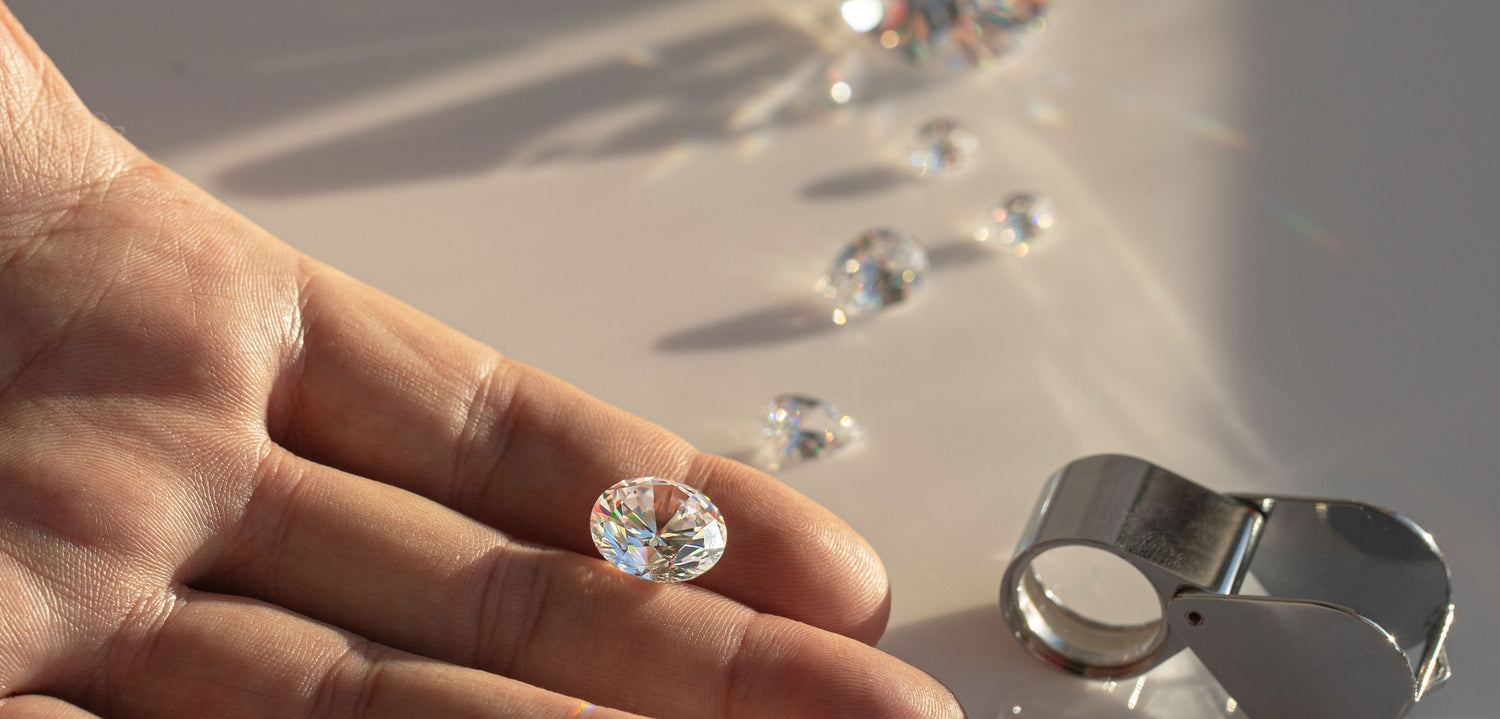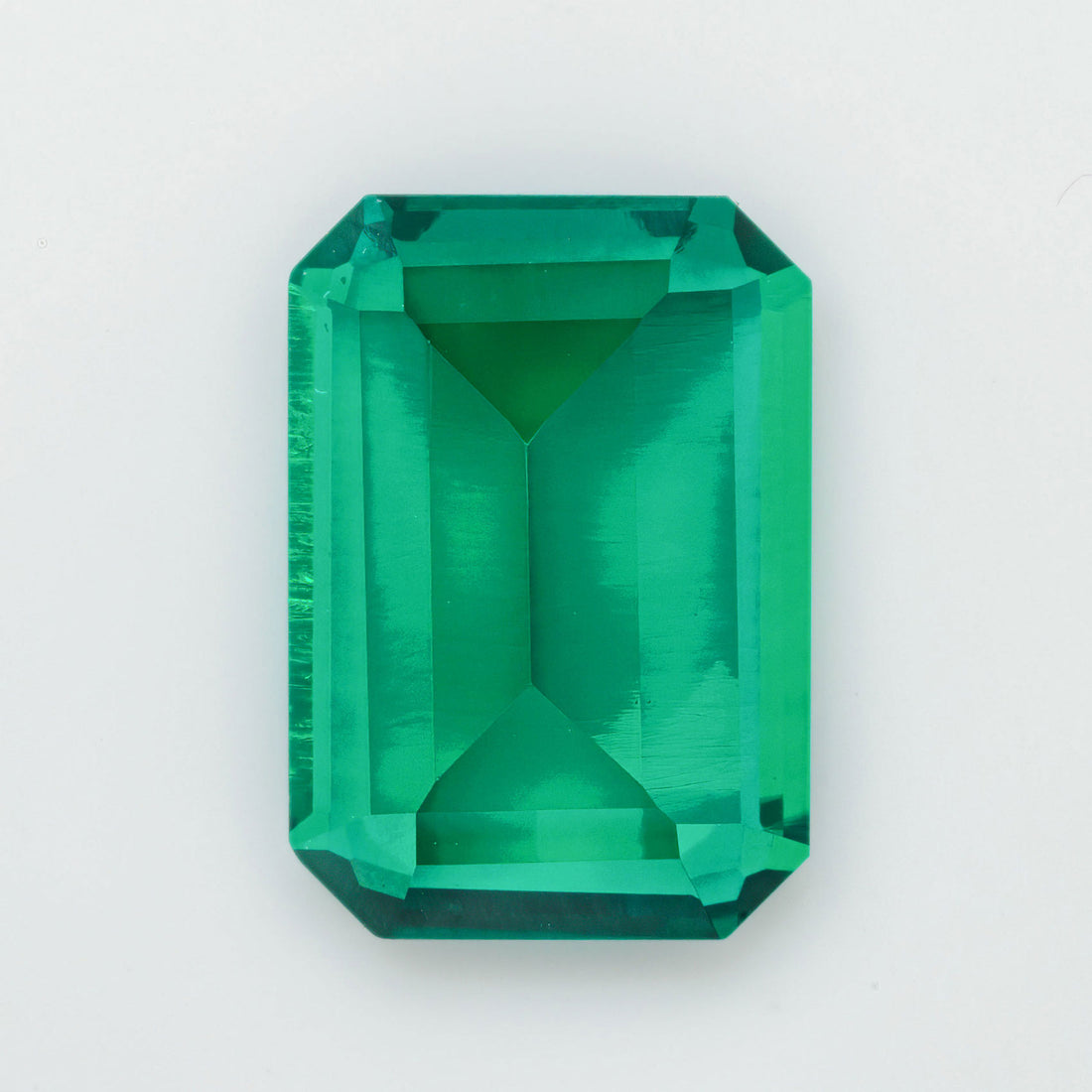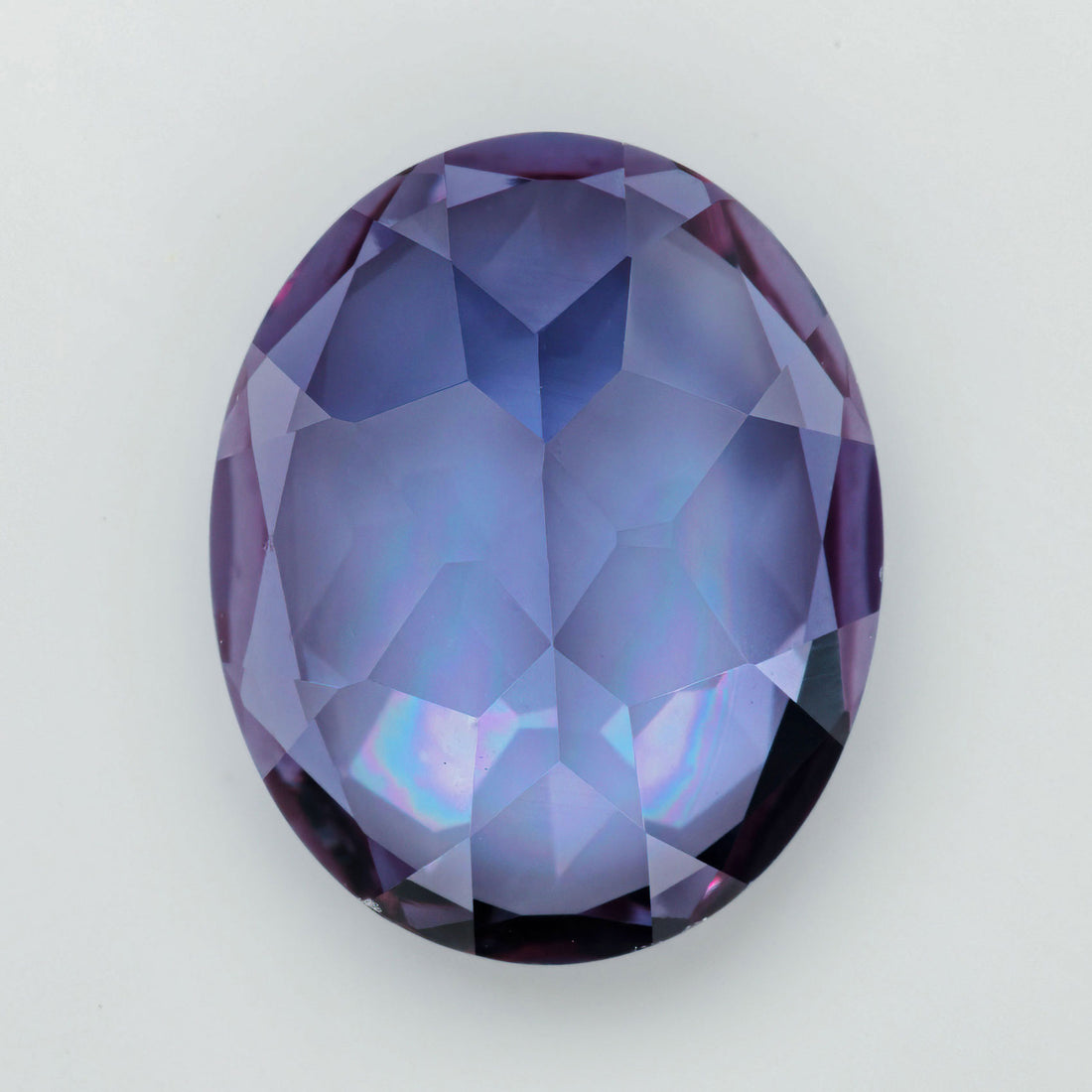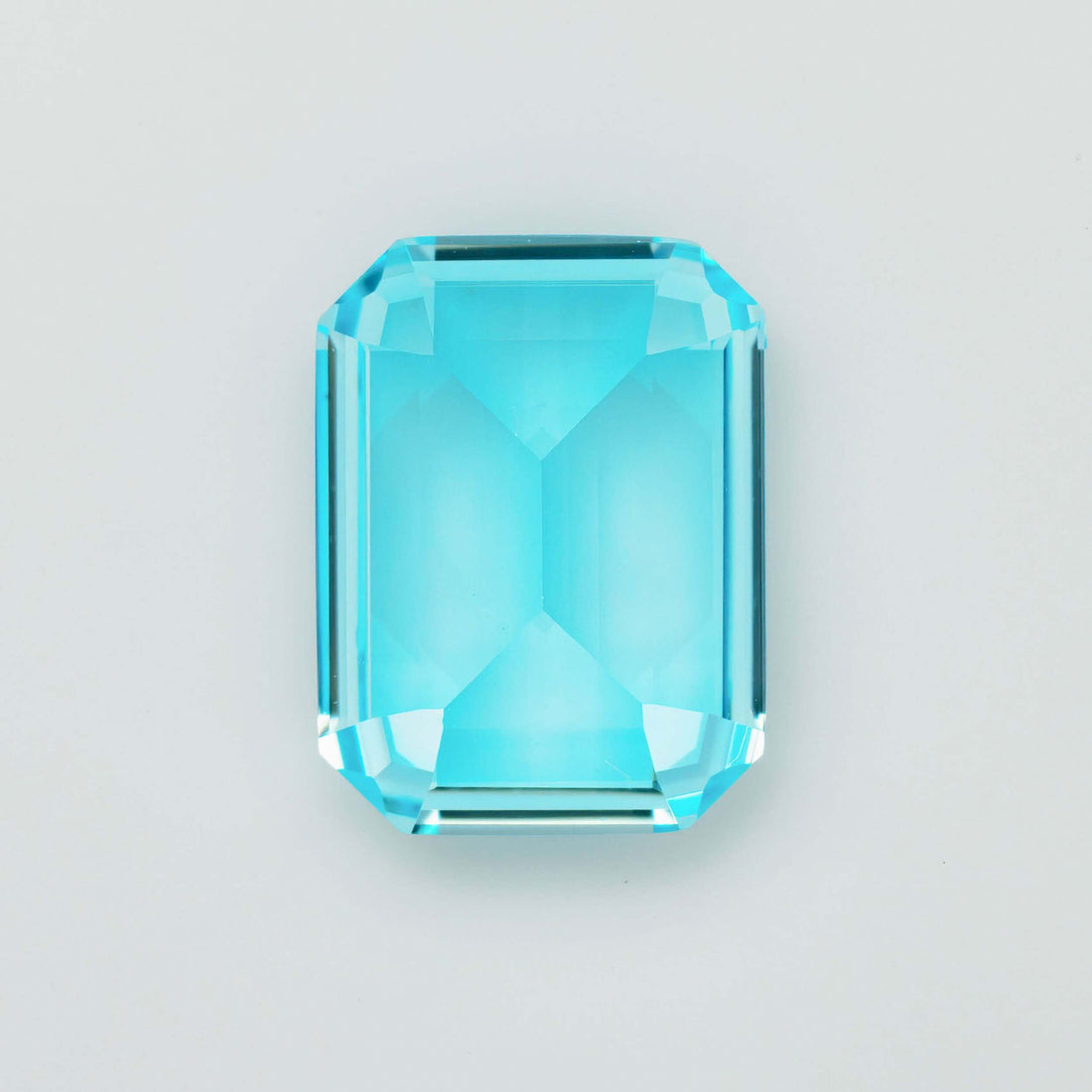ATELIER RMR INTRODUCES:
LAB-GROWN DIAMONDS
Discover the secrets of laboratory diamonds with Marie, gemologist at Atelier RMR, who shares with us her passion for their manufacturing methods, unique advantages, and ethical commitment.

LAB-GROWN DIAMONDS
HISTORY
The first successful production of synthetic diamonds dates back to the 1950s, led by General Electric. The project named “Project Superpressure” aimed to produce synthetic diamonds in the laboratory for various industrial applications such as cutting and grinding tools, drilling or grinding. However, over the decades, technologies have improved, allowing the production of gem-quality diamonds for jewelry.
DIAMONDS CARACTERISTICS
QUALITY AND PURITY
ETHICS AND SUSTAINABILITY
Variety of choice
PRICE
Lab-grown diamonds can be produced with very high levels of purity and clarity, often surpassing those of natural diamonds. This means that these diamonds are nearly flawless, offering exceptional transparency and brilliance.
Lab-grown diamonds are considered a more ethical and sustainable alternative to natural diamonds. Their production avoids issues related to conflict diamonds and reduces the environmental impact associated with mining, as they are created in controlled conditions.
Technological advancements allow the production of diamonds in various colors and sizes, as well as different precious stones. This offers consumers greater flexibility in choosing jewelry, enabling the creation of unique and personalized pieces.
Lab-grown diamonds are generally more affordable than natural diamonds, allowing consumers to afford a larger stone for the same budget. This opens up possibilities for those seeking spectacular jewelry without compromising on quality.
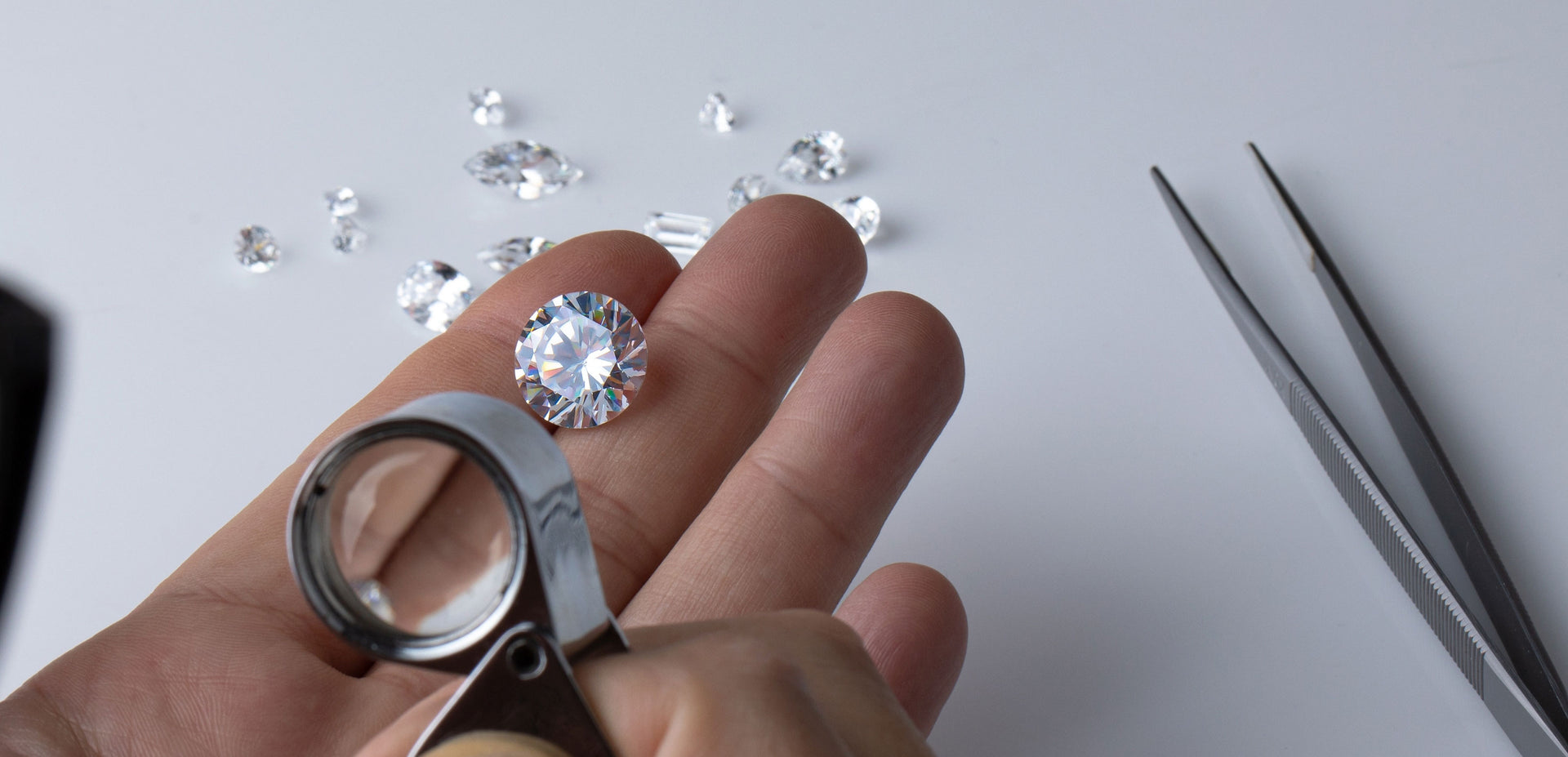
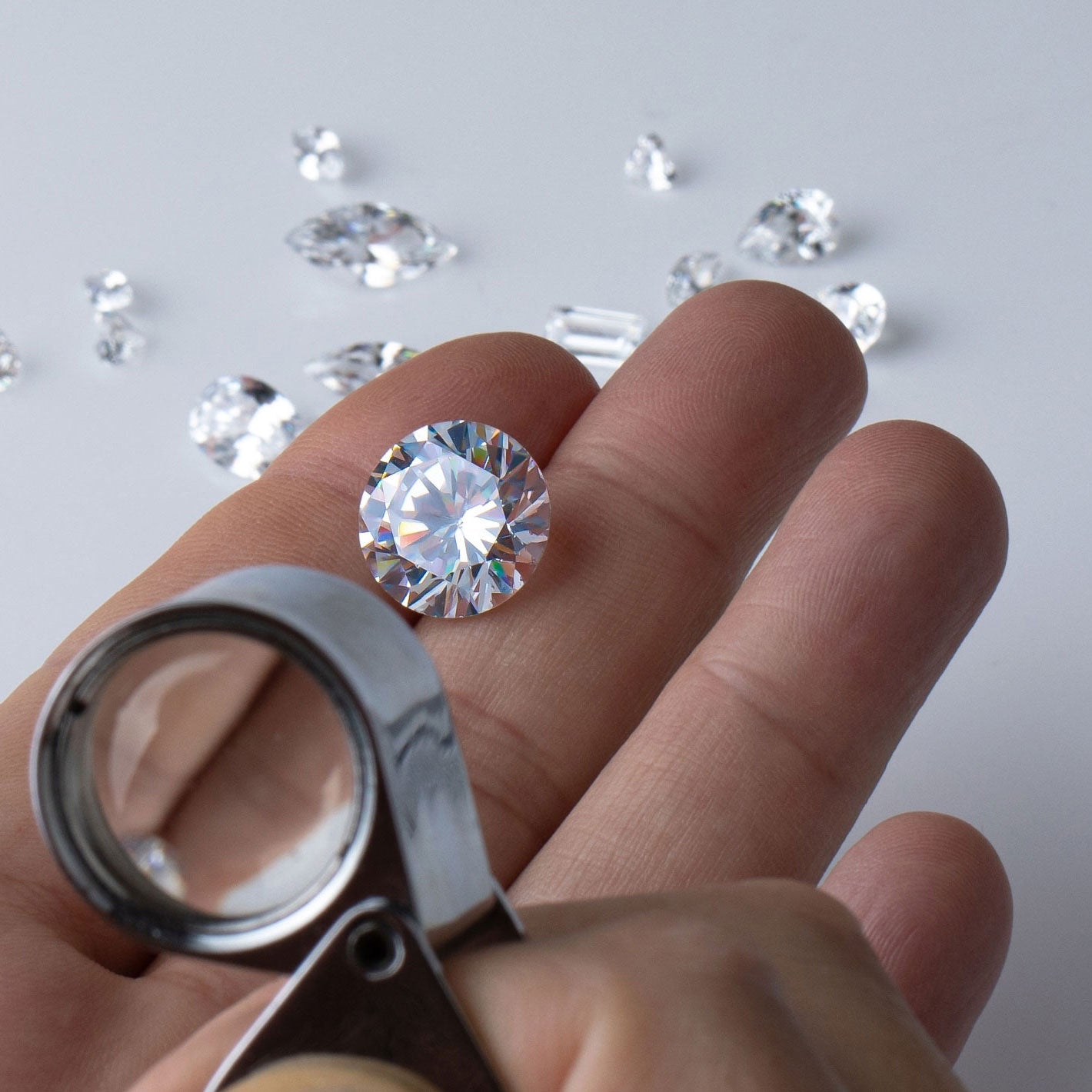






DIAMOND QUALITY: THE 4 CS


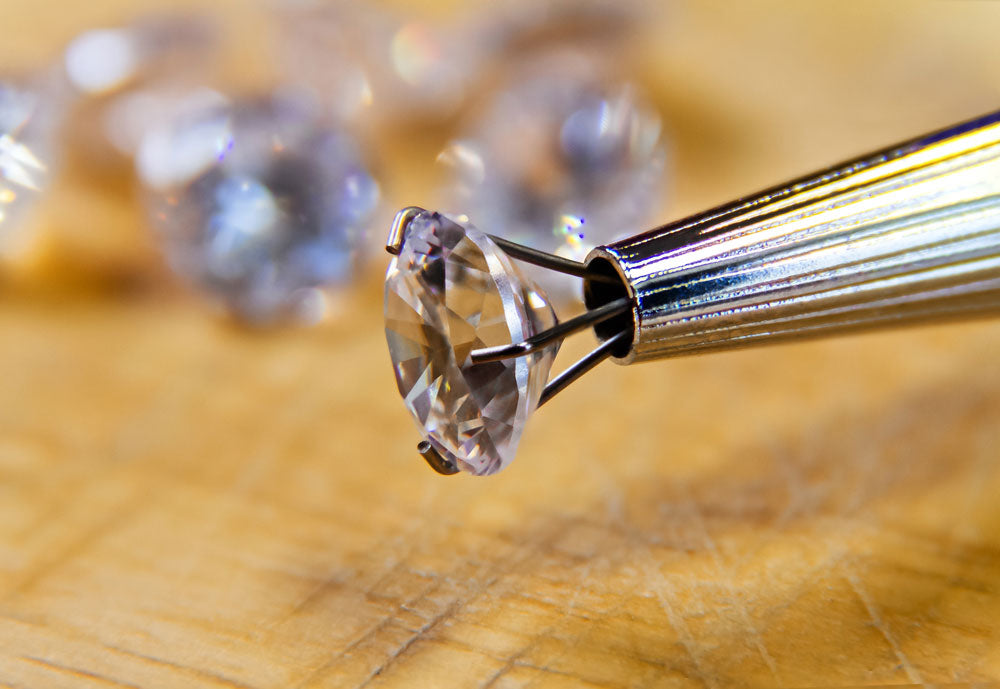
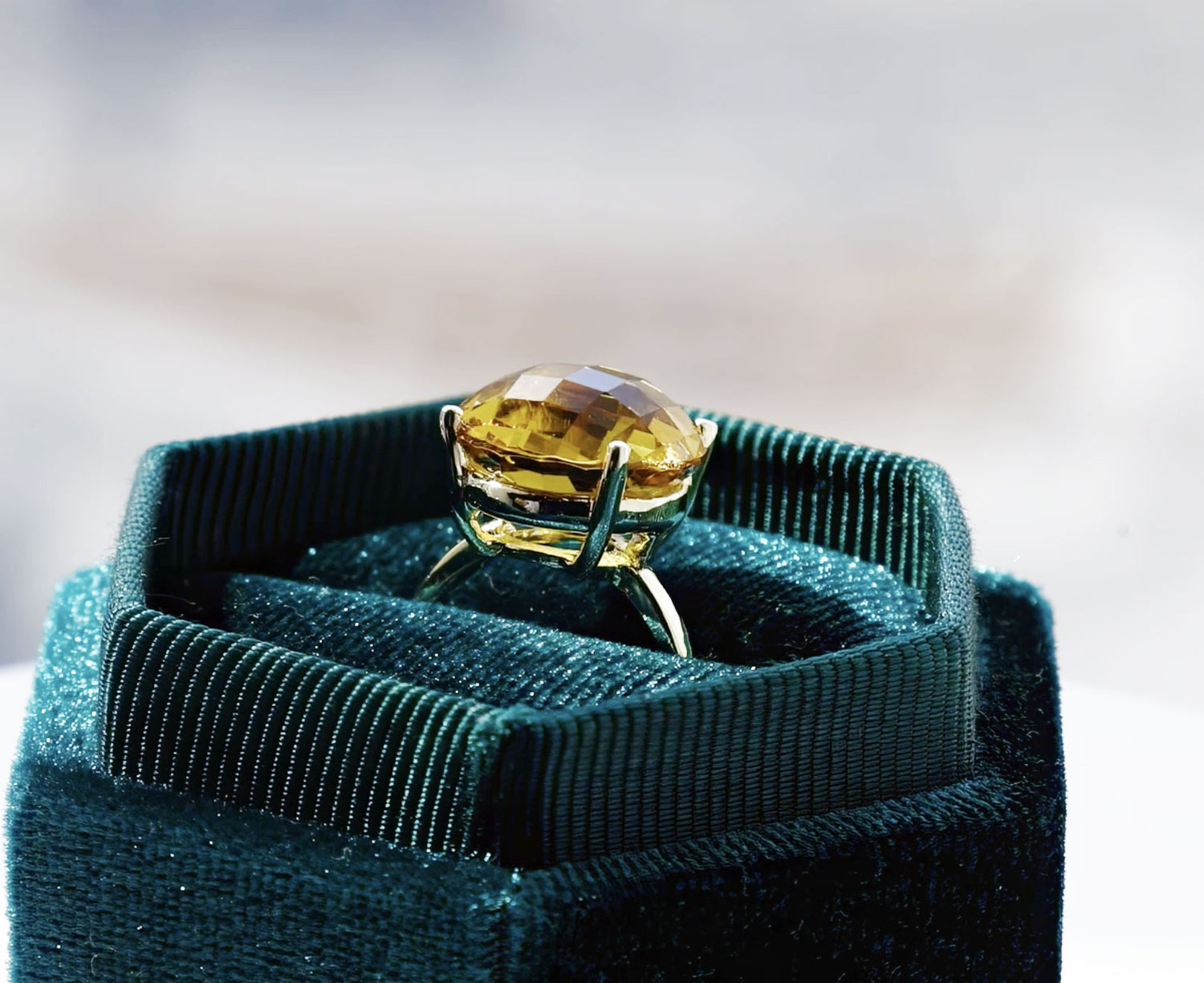
SUPPLY
SUSTAINABILITY AND ETHICS
Lab-grown diamonds offer several ethical advantages over natural diamonds, but they are not without challenges. The production of lab-grown diamonds, especially by the HPHT method, can be energy-intensive, raising environmental concerns. Working conditions, while generally better than in mines, can vary and pose risks, including exposure to chemicals and intensive work practices. At Atelier RMR, we select suppliers who meet the highest standards of sustainability and working conditions, ensuring that our lab-grown diamonds are produced ethically and responsibly.
OUR LAB-GROWN STONES

DISCOVER
THE TIMELESS NATURAL DIAMOND
Dive into the fascinating history of natural diamonds, prized for thousands of years for their rarity, purity, and exceptional brilliance. A symbol of luxury and elegance, each natural diamond tells a unique story. Explore our collection and discover why these timeless gems continue to captivate the world.
FAQ
What is the difference between a natural diamond and a laboratory diamond?
A natural diamond is formed in the Earth over millions of years, while a lab-grown diamond is created in a matter of weeks under controlled conditions. The two are chemically and physically identical, but their origin differs.
Are lab-grown diamonds ethical?
Lab-grown diamonds are considered a more ethical option compared to natural diamonds because their production avoids the issues associated with conflict diamonds and often precarious working conditions. However, their production can be energy intensive.
Are lab-grown diamonds cheaper than natural diamonds?
In general, lab-grown diamonds are less expensive than natural diamonds, providing a more affordable alternative without compromising quality.
Are lab-grown diamonds more environmentally friendly?
Lab-grown diamonds generally have a lower environmental impact than natural diamonds due to the absence of large mining operations, although their production is energy intensive.
Are Lab Grown Gemstones Counterfeits?
No, lab-grown stones are chemically and physically similar to natural stones, simply created in a controlled environment.
How long do lab-grown diamonds last?
Lab-grown diamonds have the same durability as natural diamonds and can last a lifetime with proper care.
How to maintain and clean a laboratory diamond?
Clean a lab-grown diamond with a mild solution of warm water and soap. Use a soft brush to remove dirt and dry it with a soft cloth. For professional cleaning, you can return your diamond to Atelier RMR.
Do lab-grown diamonds lack personality?
Lab-grown diamonds can possess unique characteristics similar to natural diamonds.
Are lab-grown diamonds easily distinguishable from natural ones?
With technological advancements, it is difficult to distinguish lab-grown diamonds from natural ones without professional tools.
Are natural stones always more valuable than laboratory ones?
Natural stones are often more valuable due to their rarity and history, but lab-grown stones can also be highly prized for their quality.
Are natural diamonds always better quality than lab-grown diamonds?
The quality of a diamond depends on various factors, not just its origin. Both natural and lab-grown diamonds can achieve high levels of quality.
Do natural diamonds have a better resale value than lab-grown diamonds?
Resale value depends on many factors, including quality and demand, not just the origin of the stone.


